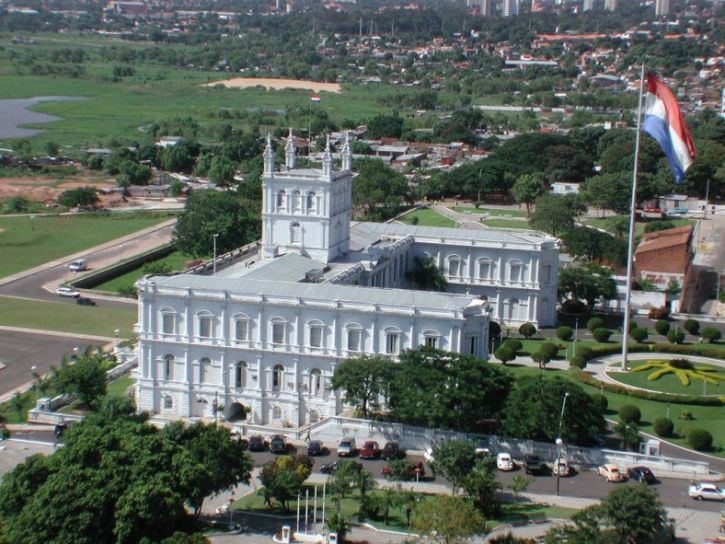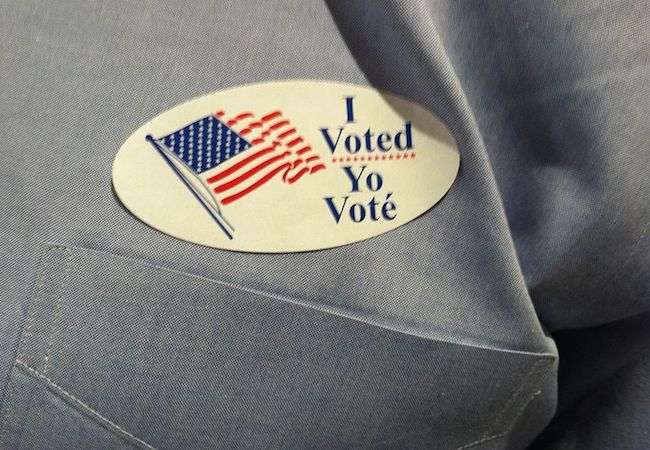
By Ann Stawski
Paraguay is commonly referred to as “El Corazón de América.” For anyone who has enrolled in Associate Professor Carol Vollmer Pope’s business courses, you’ll know “The Heart of America” is special for her.
Combining her love of international business with this South American country, Pope developed an MBA elective, Paraguayan Market Development and Tourism. The elective was initially inspired by MBA student Sue DaBaco as an independent study proposal. In the course, students conducted an in-depth study, determining an opportunity for Paraguay to strengthen commercial ties with Wisconsin and the U.S., while providing recommendations to reduce high levels of poverty. A landlocked country, Paraguay has a stable market economy and has demonstrated solid economic growth since 2004.
After the course, MBA students worked for additional credit electives by assisting in the undergraduate Marketing Principles and Strategy course. Graduate students refined their Paraguayan research and presentations, while undergraduate students developed marketing plans for country image, market development and tourism. Together, they analyzed Paraguay’s need for infrastructure improvement, while implementing a more pragmatic foreign policy and effectively managing its natural resources.
Pope found the exercise beneficial on several levels. “This was the first time Alverno MBA students and undergrads worked together on a project. There was cross-disciplinary learning as students determined Paraguay was ready for business investment.”
As part of the course, Business students planned and hosted the Paraguay Economic Forum last February. The daylong forum was broadcast via the Internet and live streamed at Paraguay’s National University of the East (UNE). Local businesses, community members and the Wisconsin Department of Agriculture attended. A traveling delegation, including both the chancellor and director of International Relations for the UNE, and the commercial attaché of Paraguay in Miami were also on campus that day. David Ocampos, minister of technological innovation and high tech communication also provided an overview of the current IT situation in Paraguay via Skype.
It successfully brought together two countries to share information. “We provided a venue for Milwaukee businesses to see the exciting opportunities that exist in Paraguay, focusing on sustainable economic development,” says Pope. “We achieved our goal of opening lines of communication and making connections on a global basis. There are opportunities to do so much more.”
With its reputation as manufacturing city, Milwaukee was a logical connection for the forum. Pope and DaBaco worked to bring together experts to promote Paraguayan and U.S. trade ties. Pope’s MBA students were also instrumental in developing and organizing the event. It was the first time a U.S. college independently developed a program of this type with Paraguay.
One of those MBA students, Alex Bartoszewicz, took his course research one step further. In October 2013, Bartoszewicz traveled to Paraguay as an Alverno ambassador with Peter Tase, an international adviser to the MBA class.
Bartoszewicz’s weeklong trip was filled with meetings with various dignitaries, including the minister of agriculture and livestock, state minister of culture, chancellor of the National University of the East, business leaders and civil society leaders. Bartoszewicz and Tase capped off their mission by meeting with Ocampos.
“I always had an interest in international business. Because of this course, I experienced it firsthand,” says Bartoszewicz, an underwriting manager at Northwestern Mutual. In an interview for Alverno Magazine Mr. Bartoszewicz stated “With Carol’s recommendations and Peter’s guidance, I generated awareness, created connections and promoted the forum.” Bartoszewicz plans to continue to work with the country, remaining connected to students and instructors at Alverno after he graduates this December.
This article is re-published with permission from the Alverno College Magazine Editorial Board.




